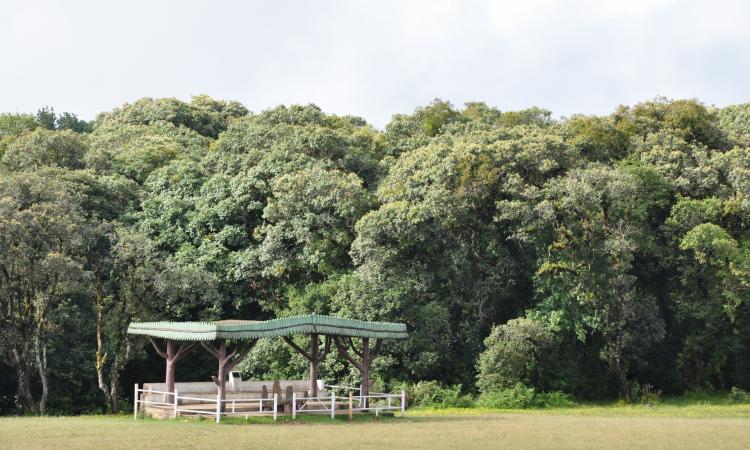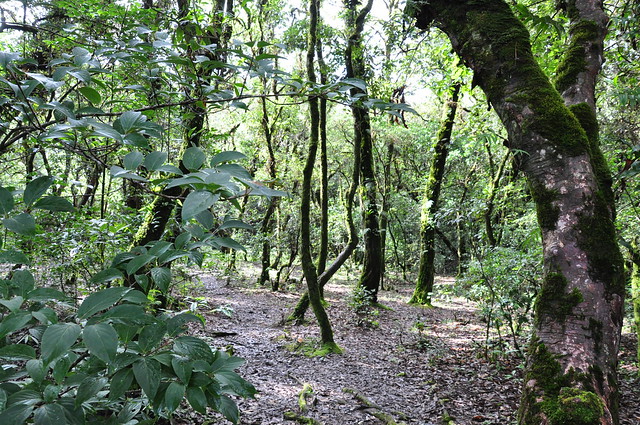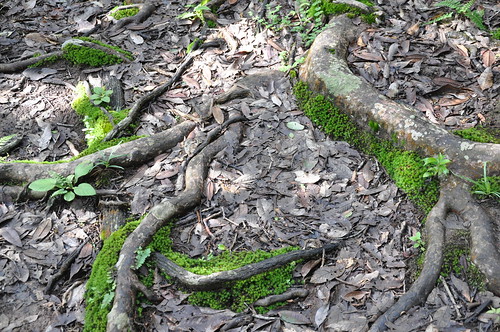
Meghalaya, one of the seven sisters of the beautiful northeast Indian states, means 'abode of the clouds' (megh - clouds, alaya - abode). Lush green paddy fields, swirling mists and the whisper of rain in every breath add to this serene landscape. It is home to three indigenous communities, the Khasis, the Jaintias and the Garos, who follow a matrilineal system, where the lineage and inheritance is through the mother; the youngest daughter inherits ancestral property.
Driving along a winding road 25 km from Shillong, Meghalaya's capital, I cross the rolling green grasslands of the East Khasi hills to reach a thicket of trees and ferns. This huge wooded area called Mawphlang (mossy stone) preserved by the Khasi tribe, is a forest that is both ancient and sacred. It has been revered by the people since time immemorial.






As I leave, I marvel at how the ancient people lived in complete tandem with the world around them. Did the early forefathers attach religious beliefs to these places in an attempt to conserve them or are they truly the abode of benign spirits that keep an eye on the communities that live there? Whether it was a childlike simplicity or a far-reaching wisdom, the sacred grove stands tall and beautiful in the racked Khasi hills of Meghalaya.
A heritage that will fortunately pass on to our children, unsoiled and intact.
You can view the entire photo set here.
/articles/reverence-abounds-lawkyntang